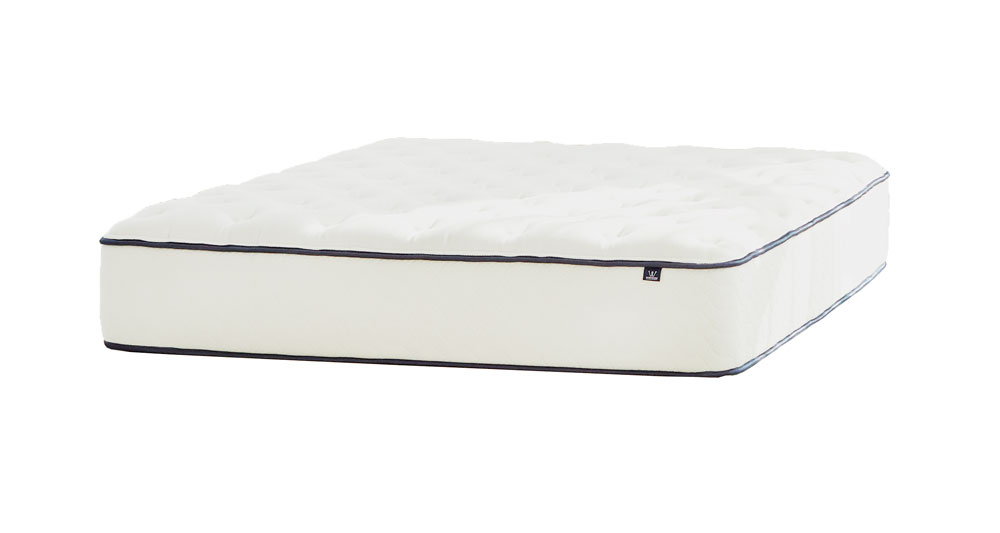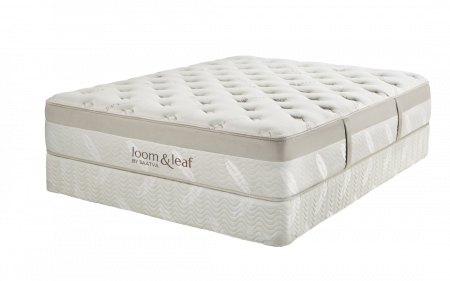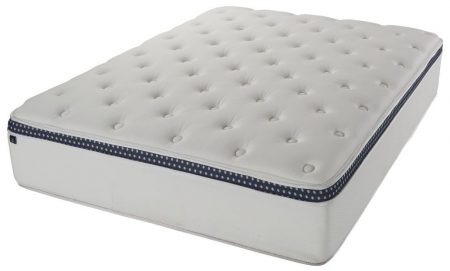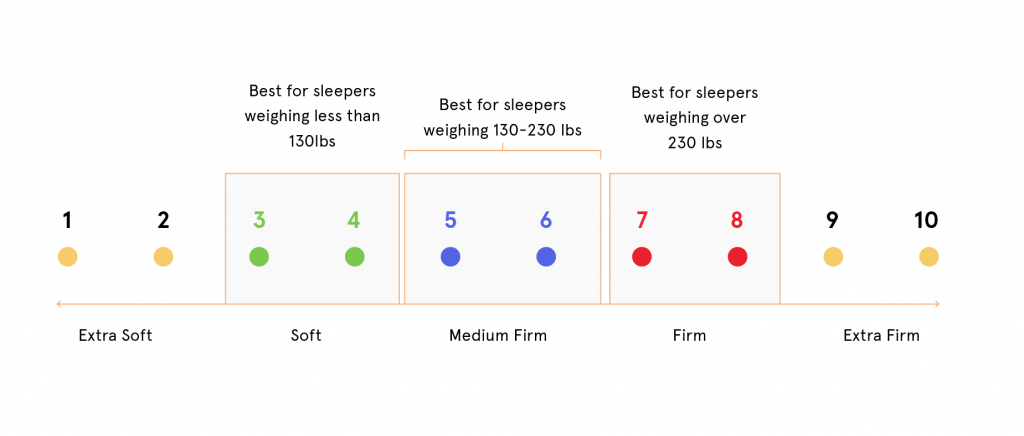How Sleep Position Affects Hip Pain
Sleep position is important for individuals that experience the conditions described above, or other conditions that cause hip pain. Choosing the best position can alleviate pain and pressure symptoms, while choosing the wrong position will merely exacerbate these conditions.
Side Sleeping with Hip Pain
It’s important to note that sleeping on one’s side can lead to more hip pain. This position — unlike back sleeping — can lead to poor spinal alignment, leaving individuals vulnerable to pain and pressure in their hips and other sensitive areas (such as the neck, shoulders, and lower back).
Mattress firmness is crucial for side sleepers. Those who have below-average weights (less than 130 pounds) typically require a softer mattress that allows their bodies to sink deeply and their spines to align. For side-sleepers with above-average weights (more than 230 pounds), firmer sleep surfaces may be needed for proper spinal alignment; otherwise these individuals will sink too deeply.
Recommended Firmness for Side Sleepers with Hip Pain:
Soft to Medium Firm
If you have chronic hip pain, it’s advisable to consider changing your sleep position to see if you experience more relief when sleeping on your back or stomach. Alternately, you may try one of the following strategies to sleep better with hip pain:
Best Side Sleeping Positions for Hip Pain
Stomach Sleeping with Hip Pain
Stomach sleeping can also exacerbate hip pain. Because many people carry a significant amount of weight in their stomach, sleeping on one’s stomach can cause the body to sink too deeply at the midsection, and not enough at the head, chest, and legs.
Stomach sleepers with below-average body weights often experience pain and pressure no matter how soft or firm their mattress is, while those who weigh 130 pounds or more are typically most comfortable on a firmer sleep surface.
A good rule of thumb is to get as firm a mattress as you find comfortable to sleep on. Heavier individuals in particular need a ‘Firm’ or ‘Very Firm’ mattress, in order to avoid their stomach from sinking too deeply and worsening the pain and pressure on their hips.
Recommended Firmness for Stomach Sleepers with Hip Pain:
Medium Soft to Very Firm
If you have chronic hip pain but don’t find firm mattresses comfortable, you may want to try changing your sleep position to see if you experience more relief when sleeping on your back. Alternately, you may try one of the following strategies to sleep better with hip pain:
Best Stomach Sleeping Positions for Hip Pain
Back Sleeping with Hip Pain
Sleepers with hip pain often experience the most relief when sleeping on their back. The back sleeping position naturally supports good spinal alignment, and evenly distributes weight across your body so there’s less potential for pain or pressure in your hips.
Choosing the right mattress firmness is essential for back sleepers. Back sleepers require a mattress that’s just soft enough to allow their hips to sink deeper into the mattress than their lower spine, preventing that uncomfortable gap that can occur between the lower back and the mattress surface on beds that are too firm.
Back sleepers typically find mattresses around the middle of the firmness range to be most comfortable, with heavier back sleepers preferring firmer surfaces and lighter back sleepers preferring softer surfaces.
Recommended Firmness for Side Sleepers with Hip Pain:
Medium Soft to Medium Firm
The back sleeping position is popular among hip pain sufferers, but there are a few ways you can make this position even more comfortable:
Best Back Sleeping Positions for Hip Pain
The bottom line: sleeper weight, sleep position, and mattress firmness all play an important role in reducing hip pain. Customers are strongly encouraged to test out different sleep surfaces in order to determine which one will work best for them. The diagram below recaps the recommended firmness settings for sleepers, based on body weight:

Choosing the Best Mattress for Hip Pain: Performance Factors for Shoppers to Consider
Sleepers that experience regular hip pain should consider the following factors when choosing a new mattress.





